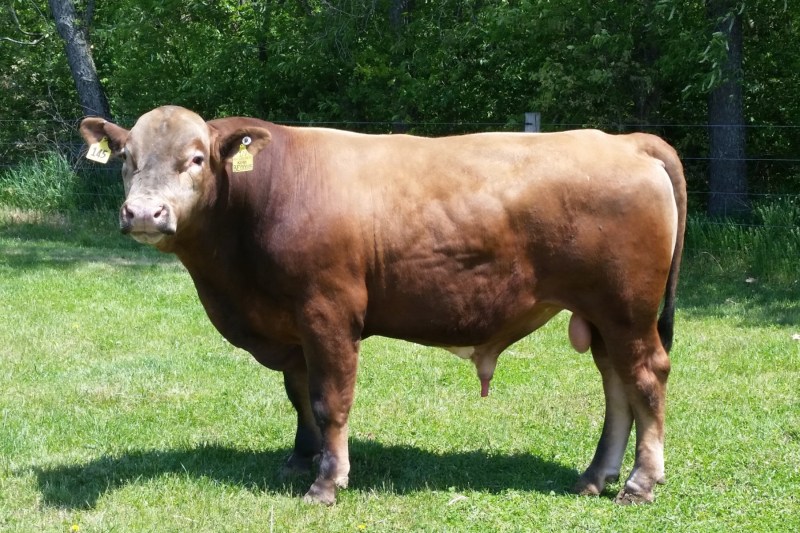Man-made monstrosity or naturally delicious curiosity? Meet the beefalo, a bison-cattle hybrid that its farmers are touting as the healthy meat of the future.
Bison produce very lean meat that’s low in fat for a healthier cut, but they are also wild beasts and difficult to care for in captivity. Cattle are docile, domesticated animals, but their meat can be high in fat, steroids, antibiotics, and all other sorts of chemicals to keep them fat and alive before slaughter.
Enter the beefalo, assuming the best of both animals.
The U.S. Department of Agriculture has certified beefalo as having higher vitamin levels and more protein, while having nearly one-third less cholesterol, 79% less fat, and 66% fewer calories than conventional beef. Just as with cattle ranching, there are environmental considerations to consider when confining large livestock. Raising beefaloes is more sustainable, according to multiple sources, including the American Beefalo Association (ABA). This is especially true with planned grazing that mimics natural herd migration.
Beefaloes are documented to cost less money and labor than raising conventional cows. The bison is perfectly adapted to North America’s grasslands, and more suited to the harsh winters than traditional European-based breeds. Unlike cattle, beefaloes need little to no grain feeding. They can survive on less and a wider variety of grasses in very hot and very cold weather, making them ideal for the weathered vegetation across the Great Plains, according to a multi-sourced article from A-Z Animals.
This means that not only do they cost less to feed and require less human-grown agriculture (dramatically lowering their environmental impact), but this process also results in a grass-fed, all-natural, organic, and hormone-free meat. Done in a deliberate manner, wild grazing presents massive benefits to land fertility.

Scientist Allan Savory, a Zimbabwean livestock farmer and president and co-founder of the Savory Institute, has applied holistic wild pasture management to create a more fecund land. Savory advocates moving livestock in a way that simulates nature and stimulates the soil.
“I found there were planning techniques that I could take and adapt to our biological needs, and from those I developed what we call holistic management and planned grazing, a planning process that does address all of nature’s complexity, and our social, environmental, economic complexity,” Savory said in a 2013 TED Talks.
Applying these methods over the last 10 years via the Savory Institute, the nonprofit group has been able to reintegrate rich, productive soil through holistic management on over 15,927,769 hectares of land across the globe. The beefalo’s predilection for grazing versus processed grains makes it a perfect animal to integrate these methods.
Though its food preference is more buffalo than bovine, the beefalo is bred to include more cattle traits than bison. The ABA states that beefalo with 37.5% bison genes are considered full-blood beefalo and the perfect mix for the breed. (Bovines with as low as 18% bison genes are labeled purebred beefalo, though.)
The animal’s leaner meat also requires less time and heat to cook. And while its buffalo genes create a hardy stock, the bovine origins of the beefalo create a more docile animal with edible milk. Beefaloes are also fertile and able to breed.
Beefalo meat, however, isn’t available in most grocery stores and costs more than beef, because it comes from small producers. This also means it’s not a mass-produced type of meat, which impedes its appearance at any large grocery chain that tends to buy from industrial farms.
What’s been obvious for at least 50 years is that this large-scale farming carries an enormous, detrimental environmental impact. Beefalo could be part of a positive shift to a more sustainable system. This change has to come from consumers and from governmental policy. Right now, beefalo is mainly available across the southern Midwest, from Kentucky west through Missouri, Arkansas, Kansas, Oklahoma, and Texas.



